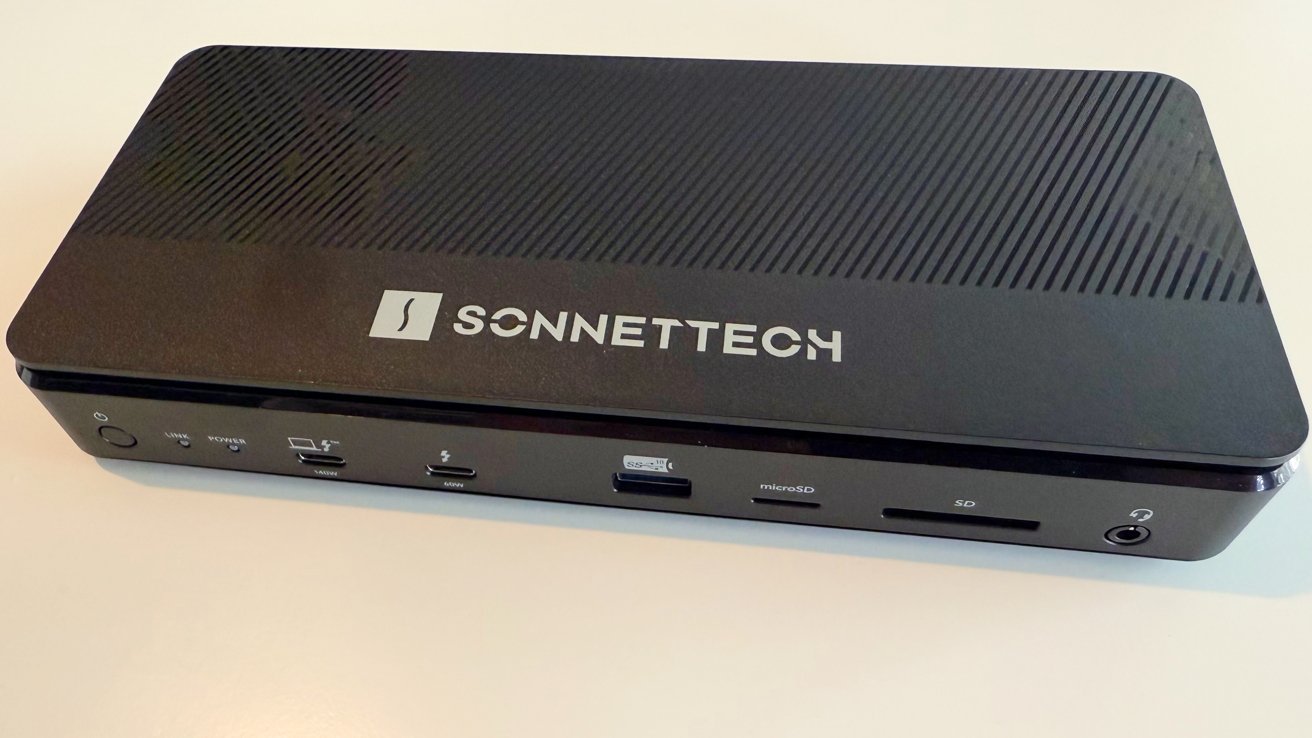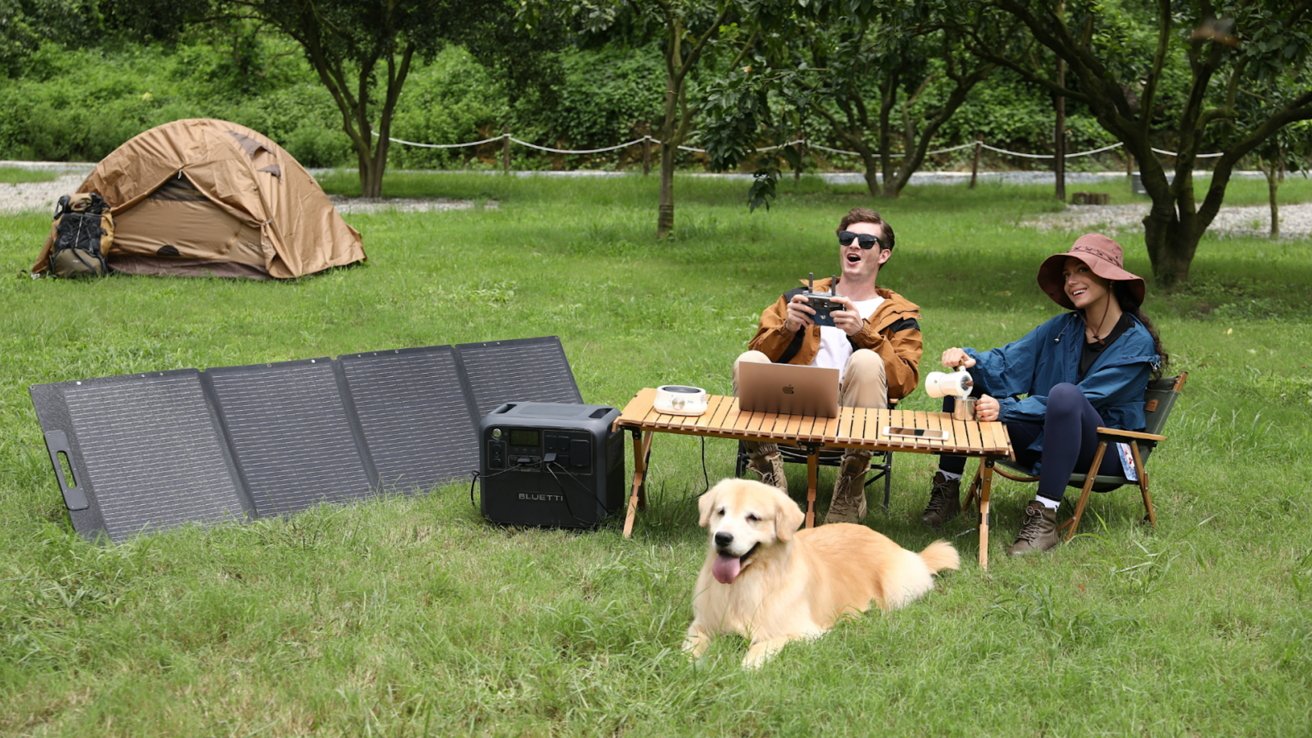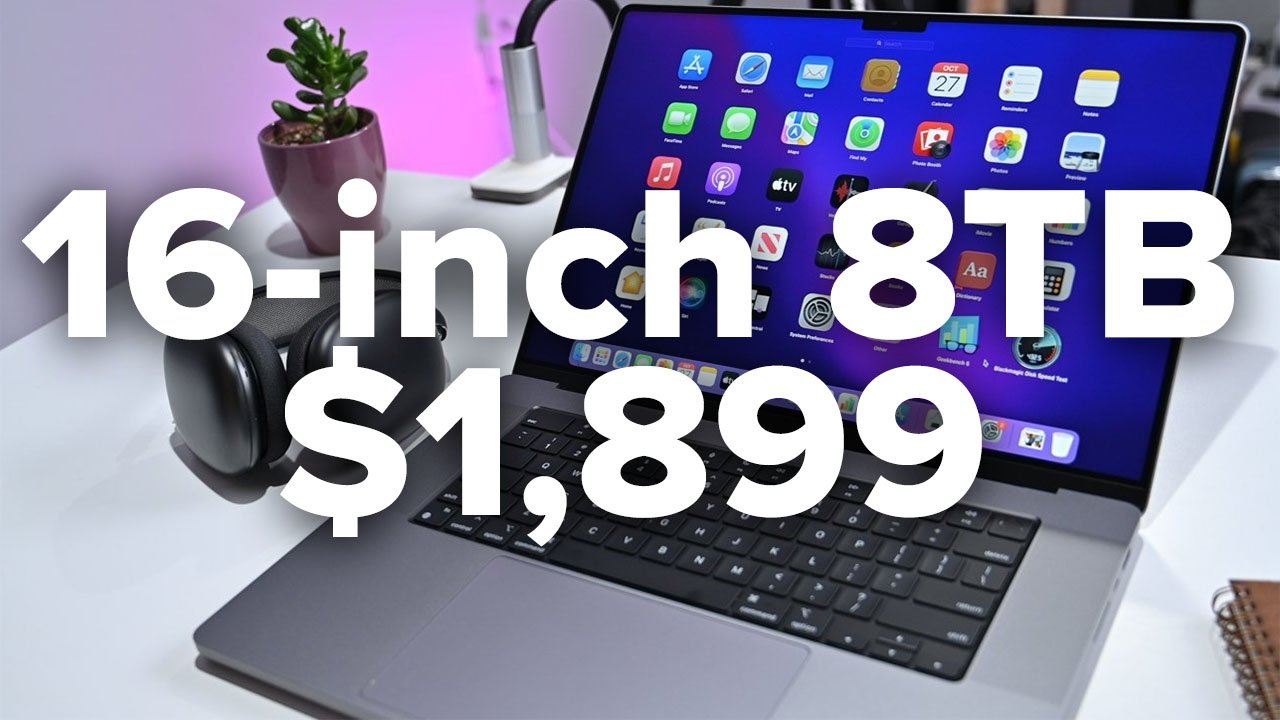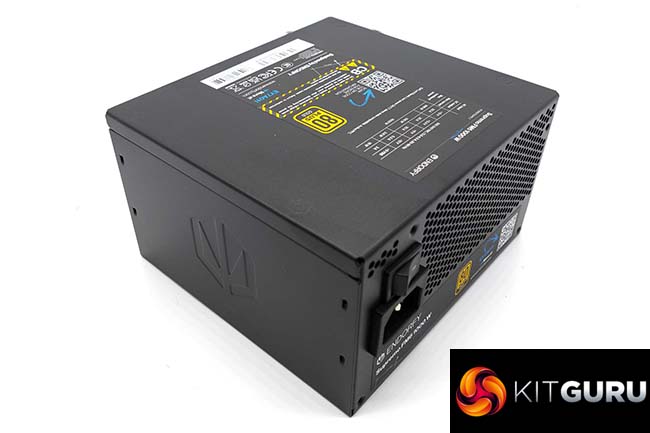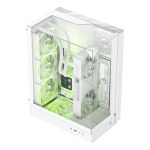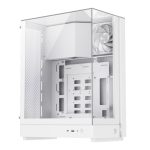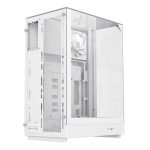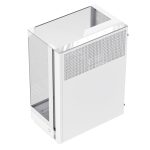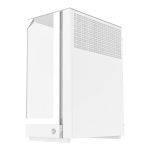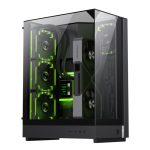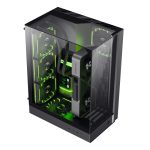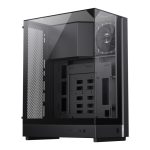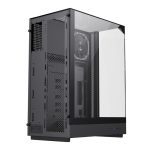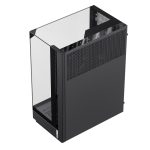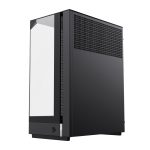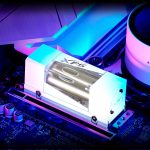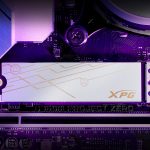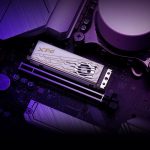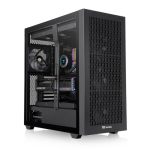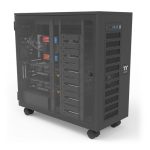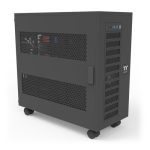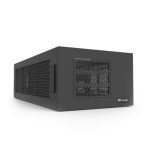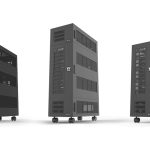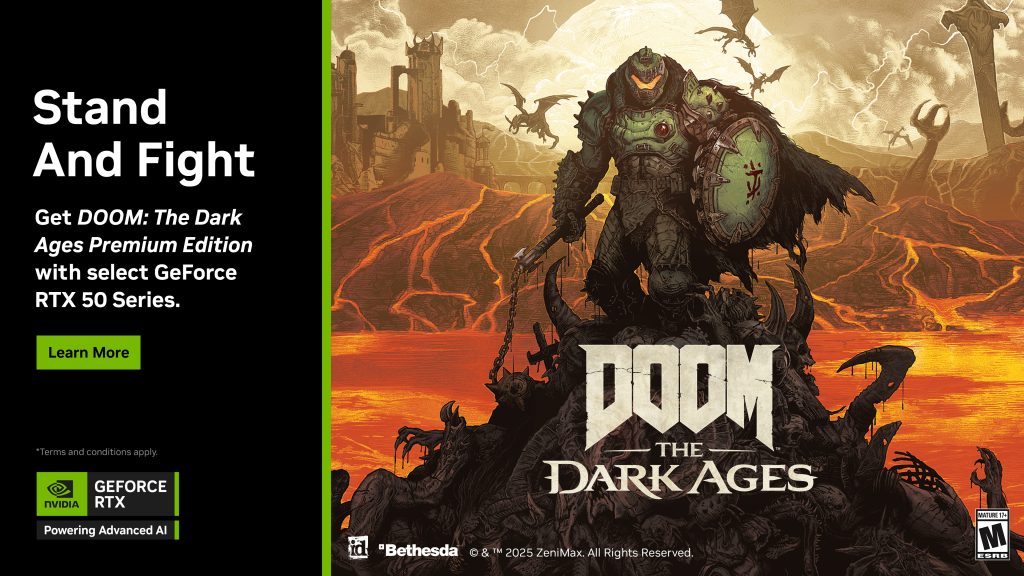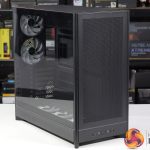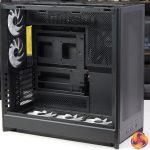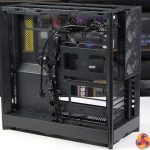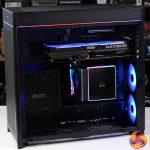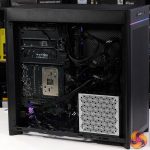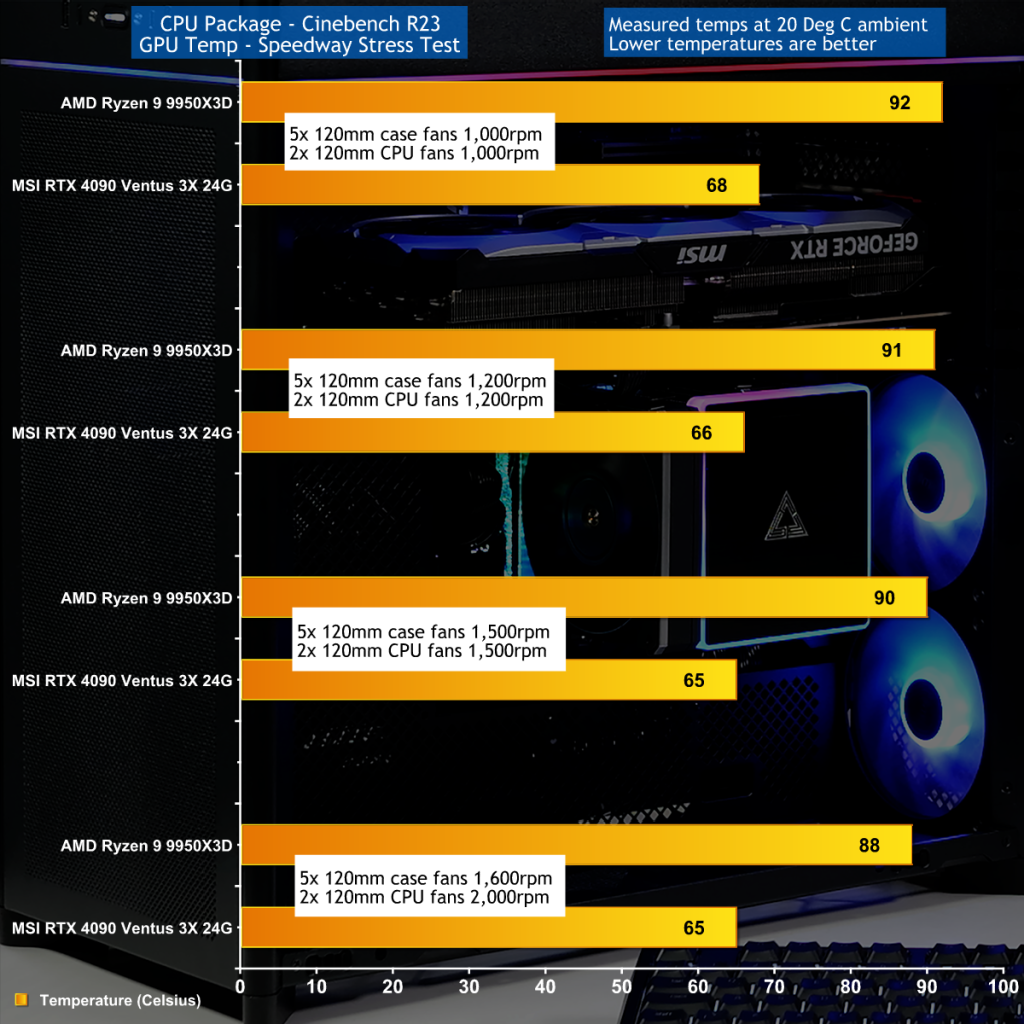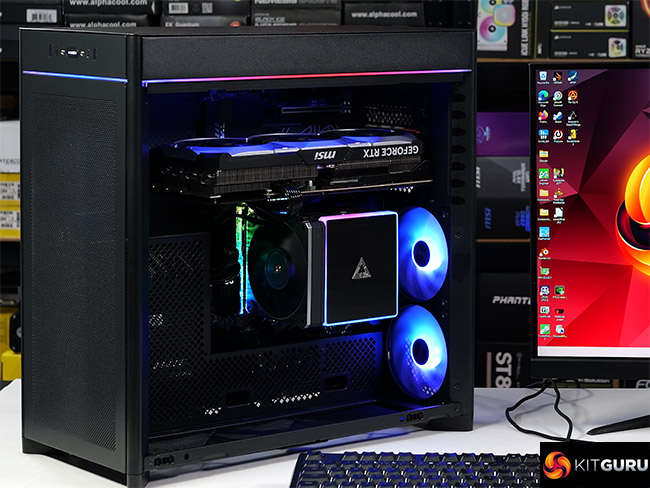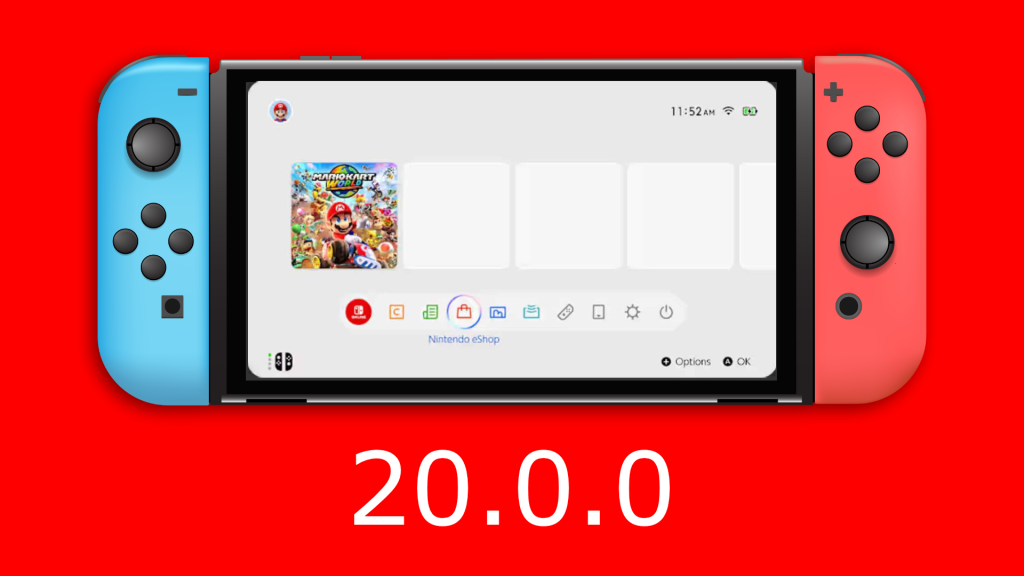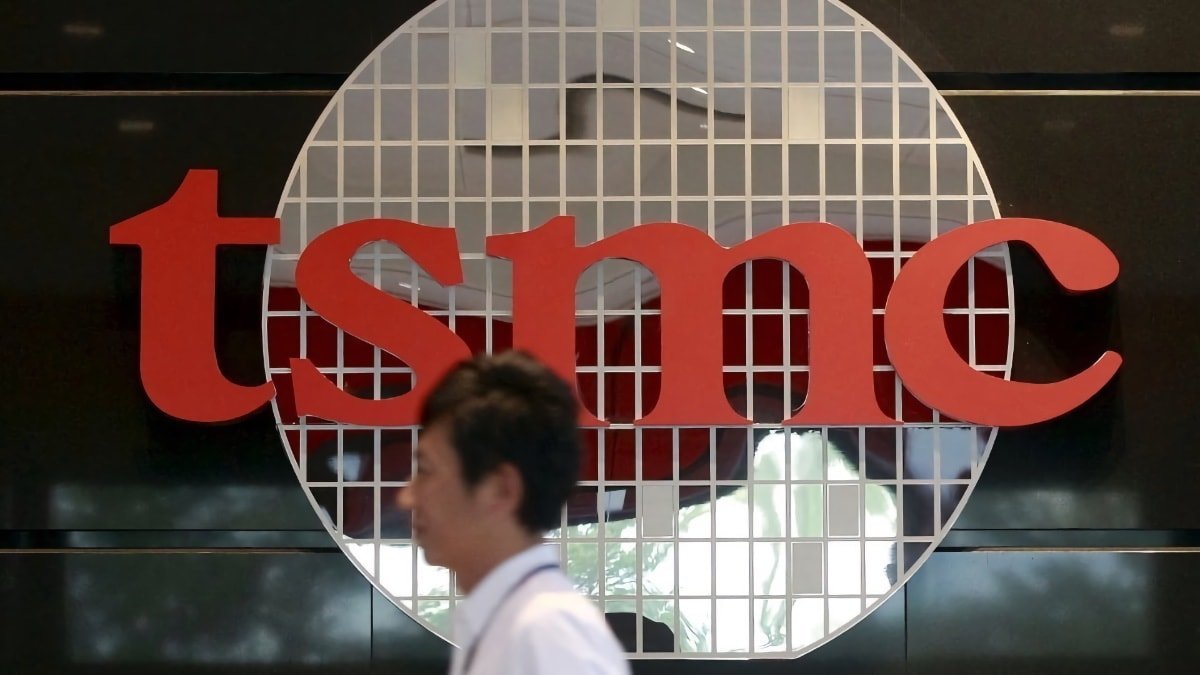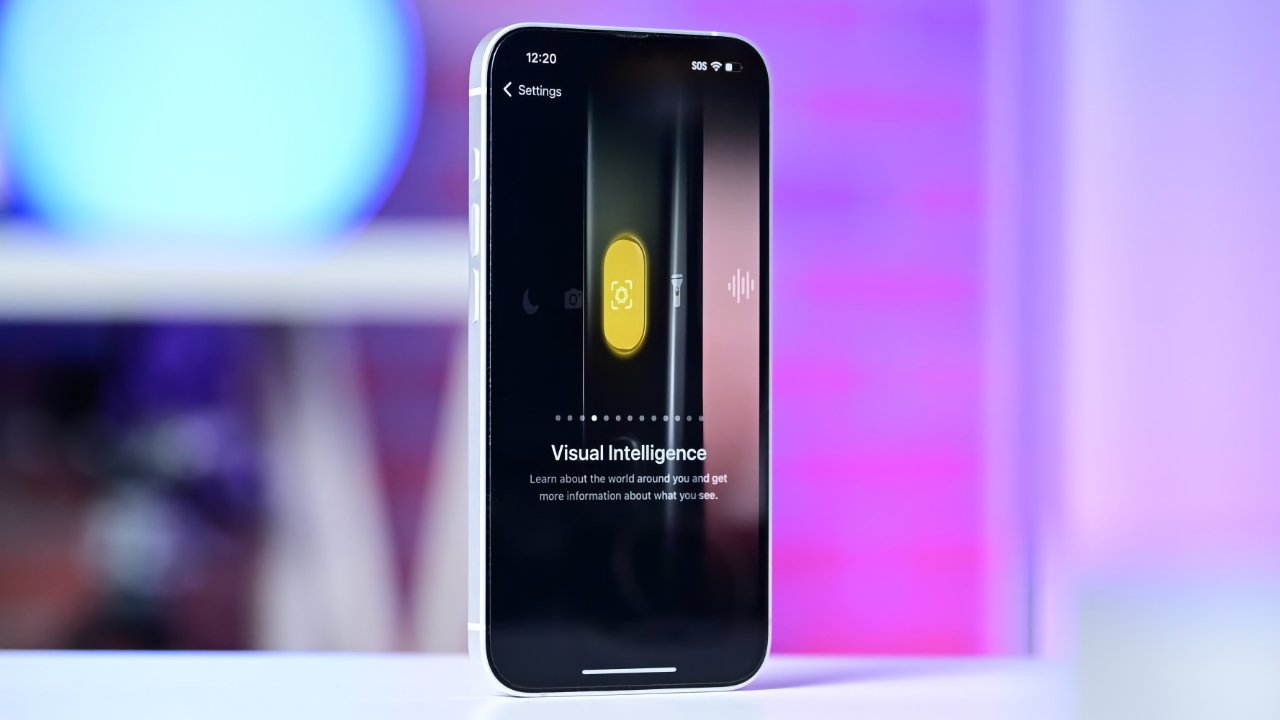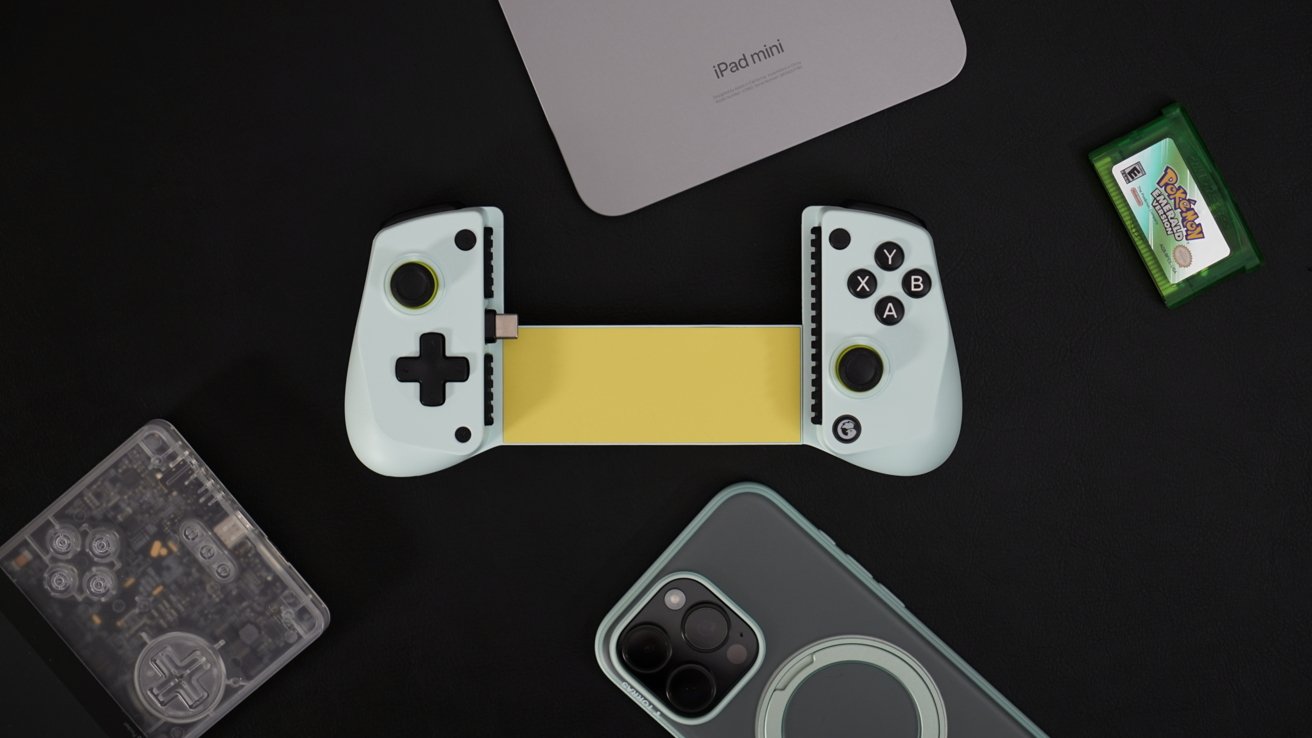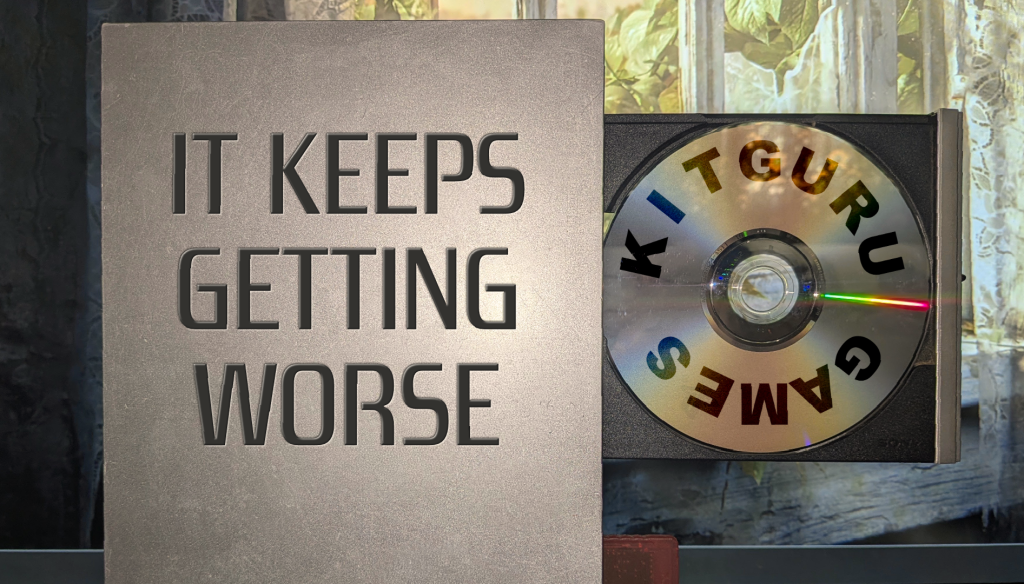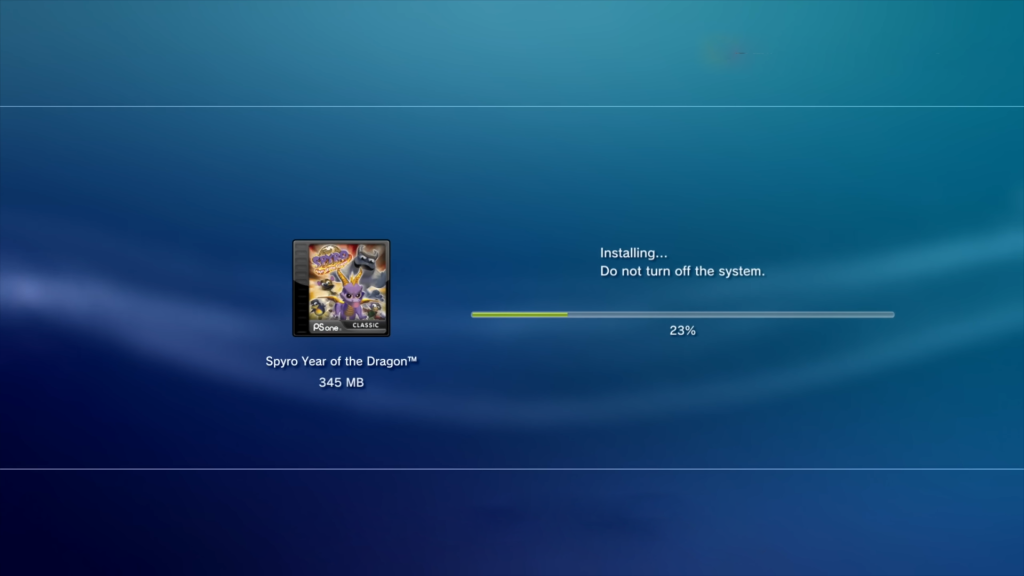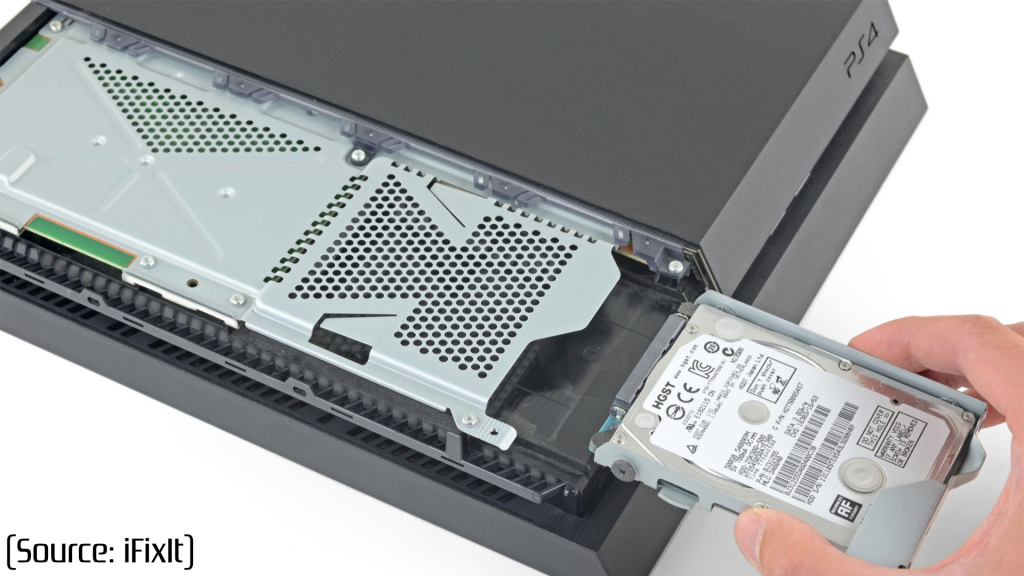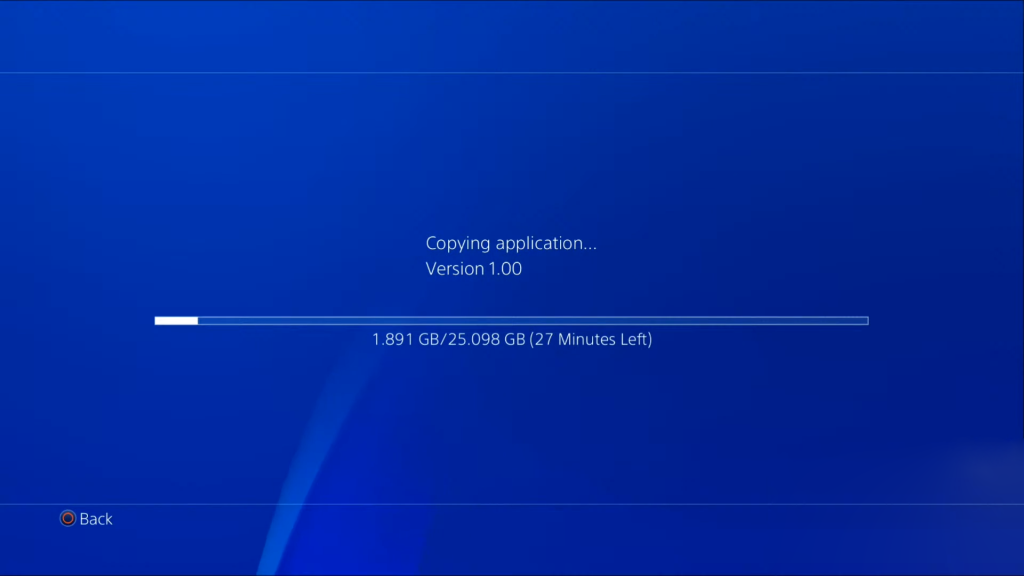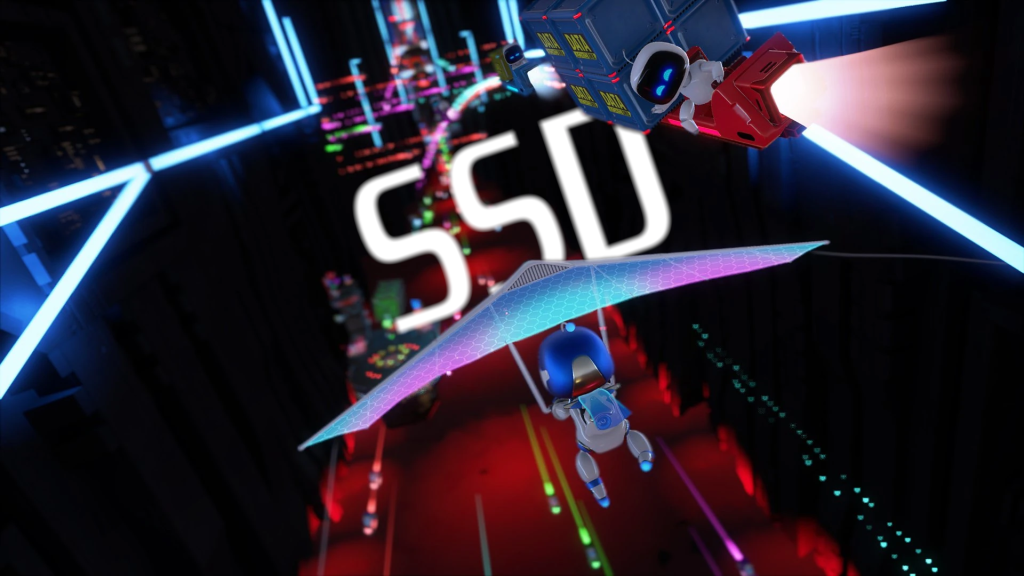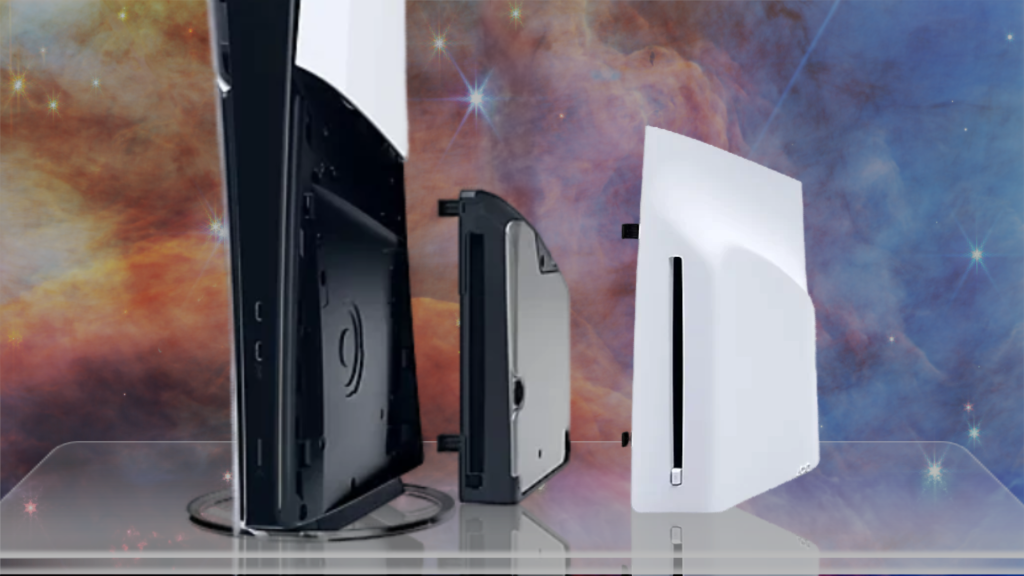Montech HS01 Pro & HS02 Pro Case Review: Thermal Benchmarks, Build Quality, & Noise
jimmy_thang
May 1, 2025
We put Montech’s new Montech HS01 and HS02 cases through a variety of benchmarks that include thermal performance, acoustics, and tests for build quality
The Highlights
- The HS02 Pro is a fishtank-style case with a curved corner
- There are many ATX cases that can compete with the HS01 on the market
- What makes the cases interesting is that they can easily invert
- Original MSRP: $130 (HS01 Pro with fans), $140 (HS02 Pro with fans)
- Release Date: April 2025
Table of Contents
Visit our
Patreon page to contribute a few dollars toward this website's operation (or consider a
direct donation or buying something from our
GN Store!) Additionally, when you purchase through links to retailers on our site, we may earn a small affiliate commission.
Intro
With removable feet that can be swapped from the top to the bottom, Montech has 2 new cases that can quickly invert.
Those two cases are based on the same chassis: They are the Montech HS01 Pro and HS02 Pro cases, differentiated by the glass or mesh, and each includes 5 fans.
Editor's note: This was originally published on April 30, 2025 as a video. This content has been adapted to written format for this article and is unchanged from the original publication.
Credits
Test Lead, Host, Writing
Steve Burke
Testing, Writing
Patrick Lathan
Camera, Video Editing
Vitalii Makhnovets
Camera
Tim Phetdara
Writing, Web Editing
Jimmy Thang
Major points of interest include the recessed motherboard tray, ventilated rear chamber cover, and abnormal power supply location up in the front. It’s not all good news, however. The power-supply area has some ventilation problems we’re not happy about, but there are some mechanical upsides.
The rear fans remove as a single piece without becoming a proprietary nightmare, which is a welcomed feature. The case tries to plan around back-connect boards, running into the chicken-or-egg problem that both boards and cases are facing.
As always, we have some critiques of the case, but we were also overall happy with its build quality and assembly. The cases land at $130 to $140 with fans or $100 to $110 without them.
Specs
| Model Name | HS01 PRO | HS02 PRO |
| Color | Black / White | Black / White |
| Dimensions | (L*W*H) 480*235*368mm (Case) / 563*323*573mm (Carton) | 480*235*368mm (Case) / 585*334*532mm (Carton) |
| MB Support | ATX /Micro-ATX / Mini-ITX (Back-Connected MB Supported) | ATX /Micro-ATX / Mini-ITX (Back-Connected MB Supported) |
| Front I/O | USB3.0*2 / Type-C*1 / Mic*1 / Power Button / Audio*1 / LED Button*1 | USB3.0*2 / Type-C*1 / Mic*1 / Power Button / Audio*1 / LED Button*1 |
| PCIe Slots | 7 | 7 |
| Compatibility / Maximum | CPU Cooler 170mmGPU 400mmPSU 200mm ATX / SFX | CPU Cooler 175mmGPU 420mmPSU 200mm ATX / SFX |
| Drive Support / Maximum | 3.5” HDD 22.5” SSD 4 | 3.5” HDD 22.5” SSD 4 |
| Pre-installed Fan(s) | Bottom 120mm*3Rear 120mm*2 | Bottom 120mm*3Rear 120mm*2 |
| Fan Support | Top 120mm*3Front 120mm*3 / 140mm*2Bottom 120mm*3Rear 120mm*2 | Top 120mm*3Bottom 120mm*3Rear 120mm*2 |
| Radiator Support | Top 120 / 240 / 360mmBottom 120 / 240mmRear 120mm | Top 120 / 240 / 360mmBottom 120 / 240mmRear 120mm |
| Dust Filter | Bottom | Bottom |
| EAN | 4710562747621 / 4710562744712 | 4710562741377 / 4710562745719 |
| Warranty | 1 Year | 1 Year |
Specs copied from manufacturer materials, please read review for our own measurements and opinions
The Build
Montech is probably best-known for its King 95 chassis. The company has had some hits and some misses since it started, but the HS01 and HS02 blur the lines between a more traditional case and a dual-chamber case.
The big marketing play is toward inversion. Cases have inverted in the past, but some of the original invertible cases we covered were difficult to flip around and required dozens of screws.
Modern invertible cases, like the be quiet! Light Base series, have made this process way faster.
Inversion is the headlining feature of the HS cases, and the process is extremely easy. The top cover moves to the bottom, the bottom filter and legs move to the top. That's it.
The process is optionally toolless: the legs are magnetic, but they can also be screwed into place when the case isn't inverted. The main downside of making the process so simple is that aspects of the case which are designed to work right-side-up aren't altered at all in the inversion process, so the side panels and rear fan bracket are installed upside-down when the case is inverted and the PSU power switch becomes inaccessible.
Other aspects of case configuration are also easy to deal with. The top panel is magnetic and pulls off easily. The company uses a rubber/fake leather strap at the back. The rear two-fan bracket comes off as a single unit (which we liked), and the rear expansion slots rotate vertically with minimal effort. Removing the top panel gives immediate access to the PSU switches (like power and eco mode), as well as the RGB hub connections in Pro variants.
The HS02 has what Montech calls "an 8° Curved Glass front pane." It’s not 8 degrees -- it’s 90, so maybe they meant the radius of the bend was 8mm.
The media kit came complete with an illustration of the corner with an 8° label though. Either way, the bend is, in fact, 90 degrees in total, and the front panel butts up against the side panel to look (sort of) like a continuous pane, similar in some parts to the King 95. It's not as impressive as the HAVN HS420 (read our review), but it's definitely less expensive. The glass panels are beveled where they meet the angled plastic pillars for a flush fit.
The chassis design strikes us as being optimized for back-connect boards. Back-connect boards have gotten some traction, but they aren’t a significant portion of the market yet. Case makers have a challenge: It's too early to prioritize back-connect at the expense of compatibility with normal boards (unless marketing specifically for a back-connect board), but also, not building for it at all means no adoption of change.
The motherboard and fans have what Montech describes as a "sink-in design," meaning that ATX or even mATX boards are surrounded by metal on all sides. As a consequence, it's difficult to reach board connections with normal motherboards (which is most of them): for example, we were forced to use the stock flat EPS12V cables for our SilverStone PSU because our custom-sleeved CableMod replacements couldn't cleanly fit. Routing the 24-pin cable required an uncomfortable bend, and fitting the USB headers into place was nearly impossible. There's no good route for the GPU power cable either, although that's a common issue with open-bottomed cases and not specific to Montech.
The PSU area leaves a lot to be desired: Unfortunately, we end up with 3 layers of blockages from the PSU case mesh, the interior cover door mesh, and the exterior panel mesh. The two case panels overlap and obstruct each other, which already overlap with the PSU ventilation. Stacking 3 layers atop each other reduces flow and increases resistance, which can increase noise or minimally reduce cooling. Fortunately, PSUs tend to be less thermally sensitive, but we’d like to see fewer overlapping obstructions.
With the PSU fastened down, we found our normal SilverStone PSU pushed the cover up without screws to hold it in place, which we added.
The PSU mounting bracket can be rotated to mount either a standard ATX or a smaller SFX PSU; this bracket then slides into place and is screwed to the top of the chassis. There's no particular reason to use an SFX PSU with this case. The extension cable that runs from the rear of the case to the bracket at the front must be routed through the bracket before it's installed.
This is mostly an air cooling case, which is how we’re testing it. Radiator support is restricted, though. The front of the HS02 obviously doesn't support radiators since there are no mounts, but even in the HS01, the PSU placement overlaps with the front fan mount. That means there's only space for mounting on the outside of the chassis, and only normal 25mm thick fans fit (no radiators and no extra-thick fans). At the top of the case, Montech claims support for radiators up to 123mm wide, which is a strict limit due to the bumps on the ATX PSU bracket that pokes through, leaving small bumps to interfere with clearance. The bottom mount works fine for radiators other than obstructing the bottom edge of ATX boards, but Montech (correctly) doesn't claim compatibility above 240mm due to the cramped space. There's no 140mm-wide radiator compatibility in either case, and only the HS01 has support for any 140mm fans.
Generally speaking, we don't like all the plates and covers and brackets that Montech has stuffed into the HS01 and HS02. They hide some cable clutter, sometimes at the cost of thermals, but most clutter would be invisible behind the steel side panel anyway. There are times where we like this type of feature, but with this case, there are already tradeoffs in the depth and the accessibility for some connectors in some areas. Sacrificing more of that for the metal plates can sometimes work against it. Even still, cable management space is generous, but we'd happily trade some of that space for better access to normal motherboard connectors and some small clearances in the main chamber.
Moving on to the hardware: Cases generally include a set of "SSD" screws for attaching 2.5" drives. The HS01 and HS02 do not, however: as the manual notes, every screw included in the accessory kit is 6-32 TPI. The cases claim compatibility with up to four 2.5" drives, so the screws are a strange omission. It’s not a big deal to bring your own screws, but not standard for a case to cut this corner.
The front panels of the HS01 and HS02 aren't directly interchangeable since there are some differences to the support structures, like the support corner pillar in the HS01 and some plastic trim in the HS02 that’s not on the HS01. This was inconvenient for our testing, but it's unlikely to ever come up from a customer perspective, so it doesn’t matter much unless you wanted to swap it later.
All variants include ARGB lighting strips at the bottom of the case, with the Pro cases also including ARGB fans and a built-in controller. The fans use separate (standard) connections for ARGB and fan control, which we generally prefer, but it does lead to a confusing mess of wires. If you've bought into one of the proprietary RGB ecosystems, the Pro cases really aren't the best for working with that.
Thermals
Grab a
GN15 Large Anti-Static Modmat to celebrate our 15th Anniversary and for a high-quality PC building work surface. The Modmat features useful PC building diagrams and is anti-static conductive. Purchases directly fund our work! (or consider a
direct donation or a
Patreon contribution!)
The Pro variants ship with fans and the non-Pros do not, so all stock tests shown here represent Pro performance. We tested the HS01 stock and inverted, but Montech's marketing materials push the "natural airflow" chimney effect angle, so by that logic, inverting the case without rearranging the fans should lead to worse performance. We'll see.
CPU Full Load Thermals - Noise-Normalized
We’ll start with noise-normalized CPU thermals, which means we use our hemi-anechoic chamber in the lab to collect highly controlled noise data for comparison.
Inverting the case didn’t produce a significant change. The HS01 Pro ran at about the same temperature in both tests. The glass panel versus mesh panel also had minimal impact.
The stock fan layout is the same in both cases, meaning that the HS01's mesh front won’t do much unless the fans are re-arranged; if anything, it could allow some air to escape where we’d rather keep it in. The CPU averaged 49 degrees Celsius above ambient in the HS01 Pro, 52 degrees on the P-cores, and the results for the inverted HS01 and for the HS02 were within the normal range of variance. The fans were run at slightly different speeds in each of the three configurations to hit the 27 dBA threshold, which is where the chamber comes into play (as we can actually measure those tiny acoustic differences now), but that wasn't enough to make a difference thermally.
Montech's own moderately more expensive King 95 Pro with a glass front beat the HS cases in this test with an average of 47 degrees above ambient. The Antec C8 ARGB (read our review) is also more expensive, but it has relatively weak CPU cooling with the stock fan layout, and the HS cases beat it by 1-2 degrees. More traditional designs like the Lancool 207 (read our review) and 216 (watch our review) fly past the HS01 and HS02, setting a ceiling and giving perspective on cooling. The G400A (read our review) also accompanies these two.
GPU Full Load Thermals - Noise-Normalized
The range for the GPU thermal results was just as tight, with the inverted HS01 averaging 42.8 degrees above ambient and the HS02 averaging 43.2, which is within variance, but that’s still not even one full degree of difference.
It's not a surprise that the chimney effect isn't a factor when active airflow is involved, nor is it a surprise that changing the front panel has no impact when there aren’t any fans installed at the front of the case.
Although the different configurations didn't make much difference, the HS cases performed well overall for GPU thermals, respectably close to the C8 ARGB's 42 degree average. Like the C8, the HS cases have bottom intake fans that force cool air directly into and through the GPU and with minimal obstruction beyond a dust filter. The King 95 Pro also has bottom intake fans, but they're less effective, resulting in a 48 degree average. The Flux Pro and Lancool 207 remain leaders here, but one is in a different price class and both are different styles.
GPU Full Load Thermals - Full Speed
Full speed case fans are next, dropping the noise control and testing GPU thermals.
At full speed, we can finally see a difference between at least the regular and inverted HS01 results, with the inverted layout averaging 40 degrees above ambient to the regular layout's 42 degrees above ambient. The bottom intake fans move enough air that flipping them to the top of the case where they can breathe more freely is beneficial. The inverted layout also directed slightly more noise towards our mic placement, but not enough for an audible difference at 38.5 versus 38.0 dBA. The regular HS02 result closely matched the HS01 result at 42 degrees, but the HS02 was quieter (as measured from the front) due to its solid front panel blocking noise egress. The drop to 35.8 dBA is noticeable, if barely. However, remember that at the 27 dBA threshold performance and noise levels were both equal.
As before, the Antec C8 ARGB's GPU cooling is on par with the performance of the HS cases at 41 degrees above ambient, with noise levels equivalent to the HS01. The King 95 also averaged about 37 dBA, but with worse GPU thermals, averaging 46 degrees.
CPU Full Load Thermals - Standardized Fans
Our standardized set of fans can't be installed in the HS02 due to the lack of 140mm mounts, which made this test simple. We installed the two 140mm intake fans at the front of the HS01 and the single 120mm exhaust in the lower of the two rear slots.
With this layout, average CPU temperature was 41 degrees above ambient and 45 degrees for the P-cores. For this case specifically, those are lower than the stock results, but that's not surprising given the more direct airflow aimed at the CPU cooler. It’s also completely normal performance for a mesh-fronted case in this test, landing between the Fractal Meshify 2 Compact (watch our review) and Phanteks P400A Digital (watch our review). The Antec C8 and King 95 Pro results on this chart were both tested with side intake, so performance is predictably worse than the HS01.
GPU Full Load Thermals - Standardized Fans
On the other hand, moving to the normal front-to-back layout with the standardized fans hurt GPU thermals. Removing the stock bottom intake fans that made the HS01 competitive in this category led to an average GPU temperature of 45 degrees above ambient, which isn't terrible, but allowed the King 95 Pro and C8 ARGB to take the lead at 43 degrees for both. Montech's stock fan layout seems like the best compromise.
VRM & RAM Full Load Thermals - Noise Normalized
To finish things off, we'll move back to the noise normalized testing. VRM thermals were nearly identical for each of the three tested configurations, averaging 33 degrees above ambient in the HS02 Pro, which lands the HS cases in the middle of the chart between the C8 ARGB at 33 degrees and the King 95 Pro at 31.
The SPD Hub sensor readings from the RAM told a similar story: all three configurations averaged close to 25 degrees above ambient, close to the C8 ARGB's 24 degree average, although the King 95 Pro scored well in this specific instance at 21 degrees.
Conclusion
Grab a
GN Soldering & Project Mat for a high-quality work surface with extreme heat resistance. These purchases directly fund our operation, including our build-out of the hemi-anechoic chamber for our acoustic testing! (or consider a
direct donation or a
Patreon contribution!)
Montech's strength has always been in the budget space. The Montech HS01 Pro and HS02, however, are sort of in that mid-range category with their prices. The recent tariff situation is obviously going to affect that market. Montech contacted us to confirm MSRPs a few days prior to launch, so hopefully these prices will stay stable for some time.
As a fishtank case with a curved corner, the $140 HS02 Pro is a reasonably priced alternative to the more expensive cases that match that description like the HAVN HS420, Antec C8 Curve, HYTE Y60 (watch our review), or even Montech's own King 95 Pro. We seriously recommend watching the build section of our video review, because there were some features we didn't like, but it's up to you to decide whether the savings are worth it. If you use a back-connect motherboard, that may solve many of the issues we saw, including with cabling.
The HS02's thermal performance wasn't abysmal or amazing. It was fine. Of these two cases, we're more willing to accept middling performance from the one that looks interesting, in other words, the glass-fronted option.
The HS01 has greater cooling potential thanks to its mesh-front panel, but it's also more generic: there aren't a ton of fish-tank cases that can compete with the HS02's price, but there are many, many $100-$150 mesh-fronted cases that can compete with the HS01. These include options like the Lian Li Lancool 207, Fractal North (watch our review), Phanteks G400A, or many of the other cases we've reviewed in the past couple years are all viable alternatives to a mesh-fronted case. There’s a lot of competition at that price class.
If you love Montech’s case here or really like how it looks, we can say “it’s fine.” We do think the fish-tank version makes a little more sense for most people. If you really want a mesh case, there are better alternatives.





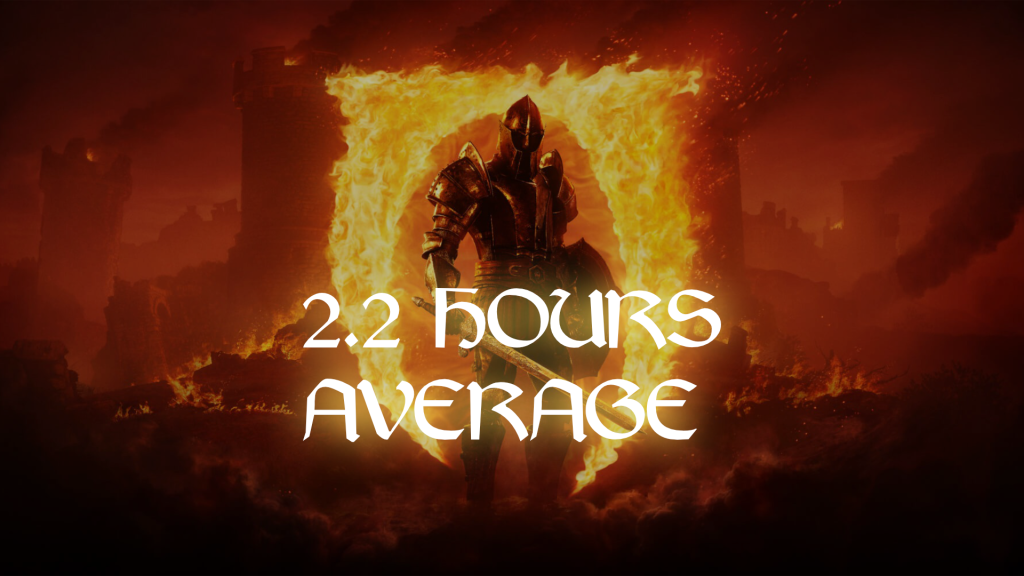
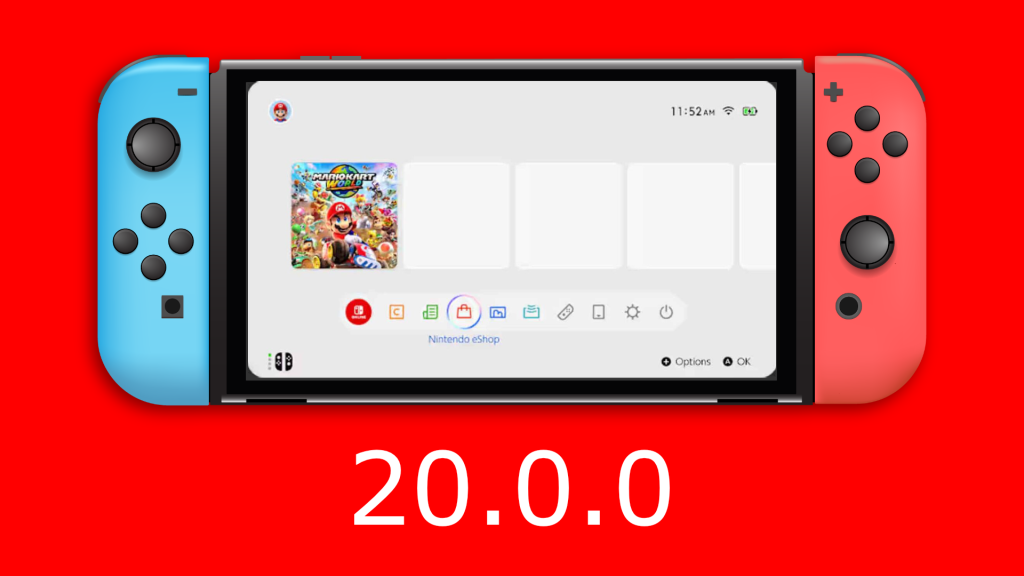


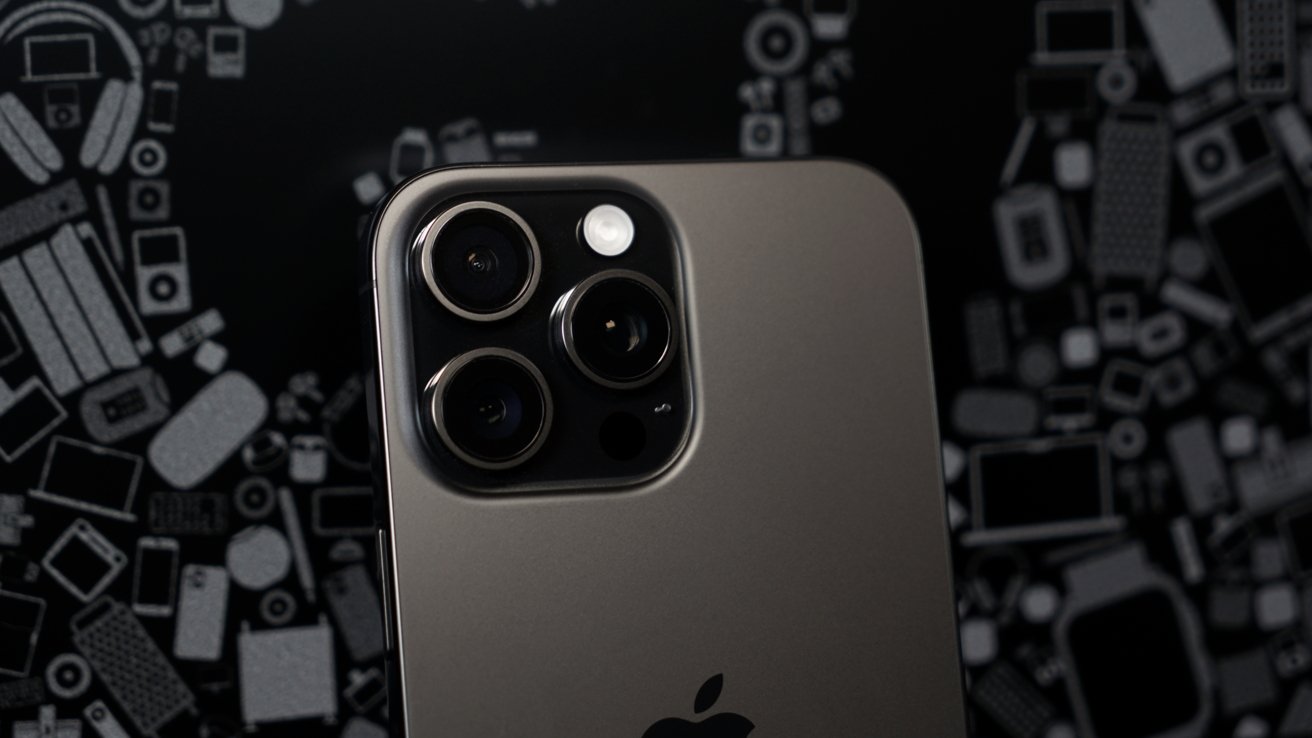



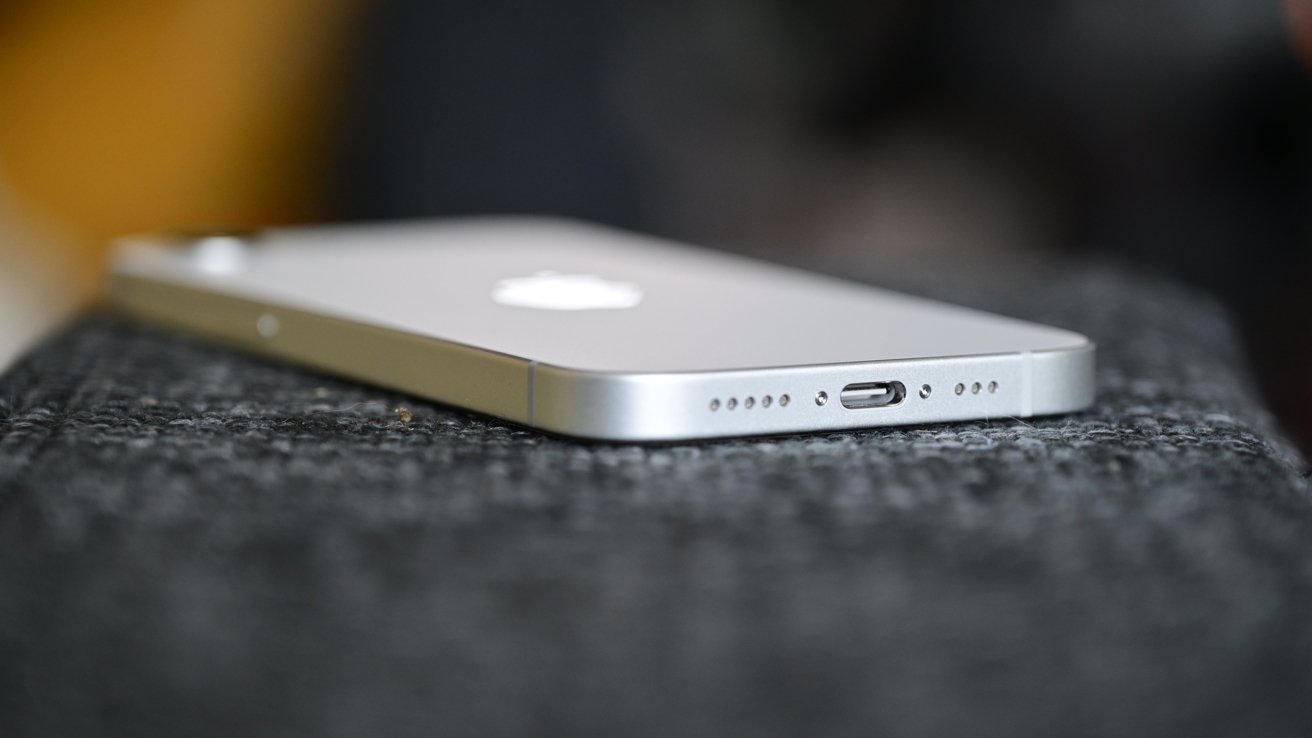



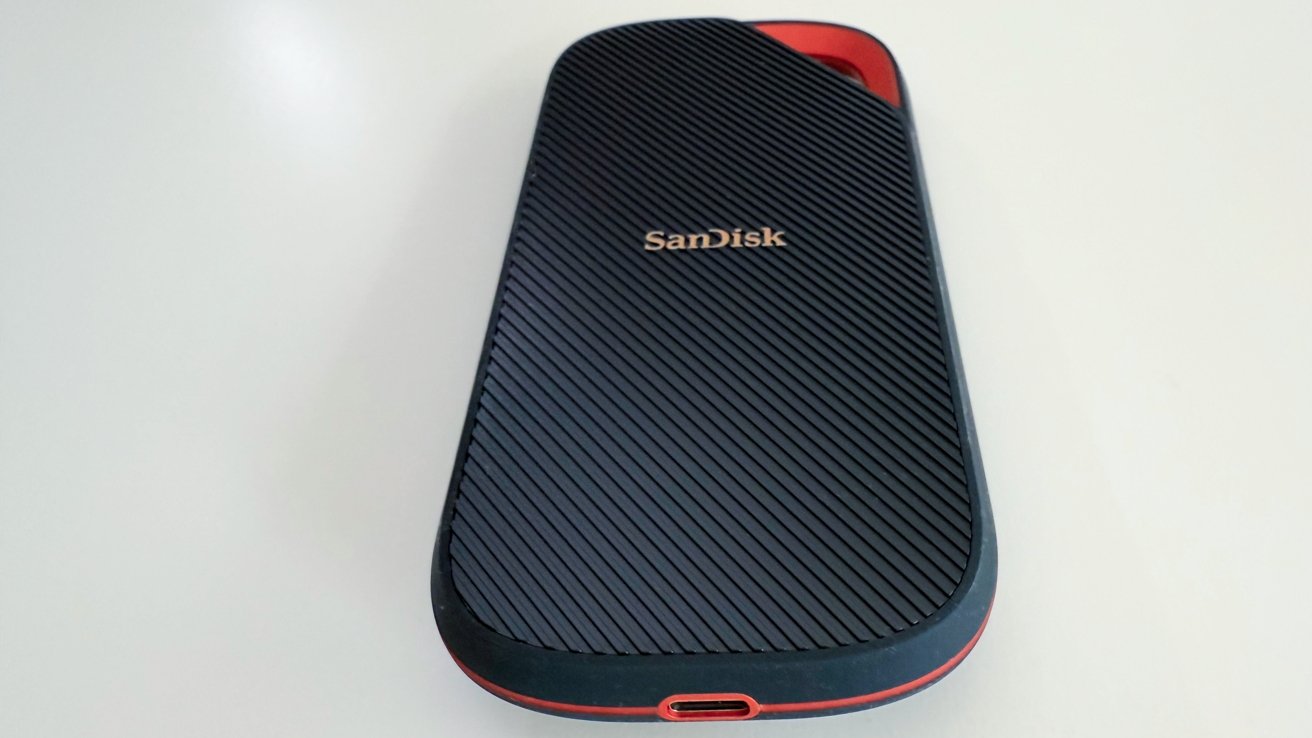
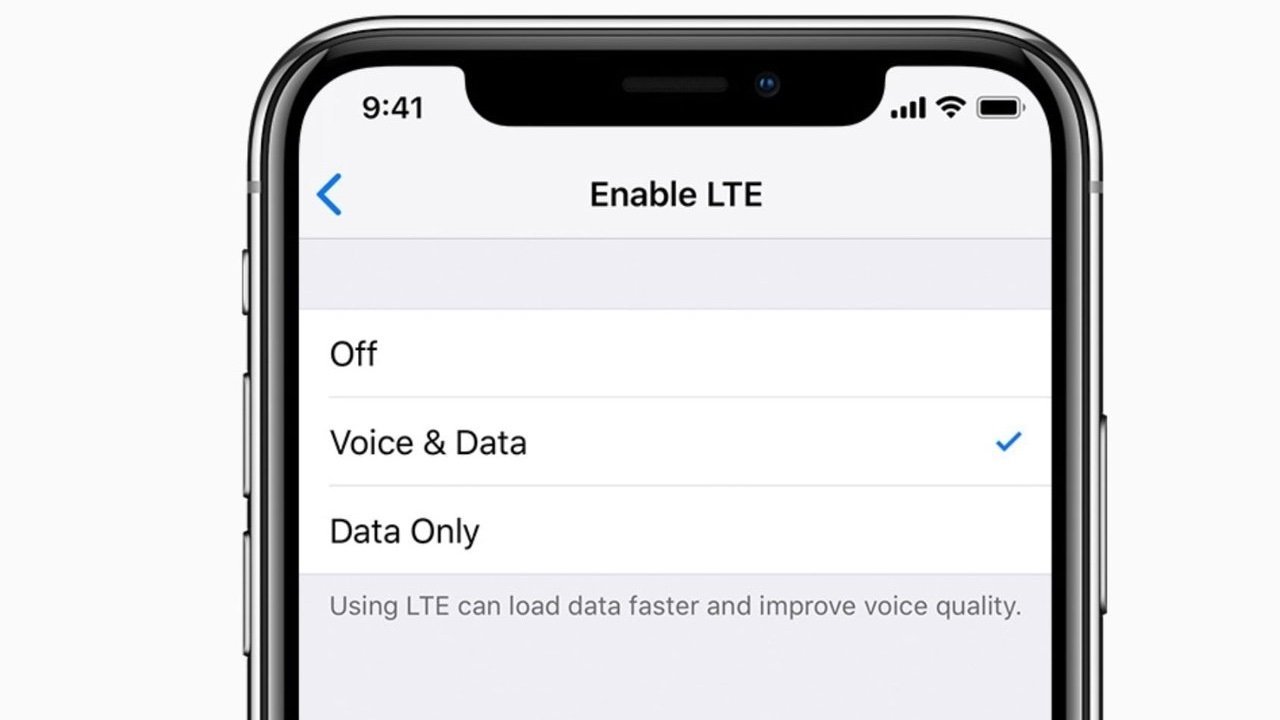











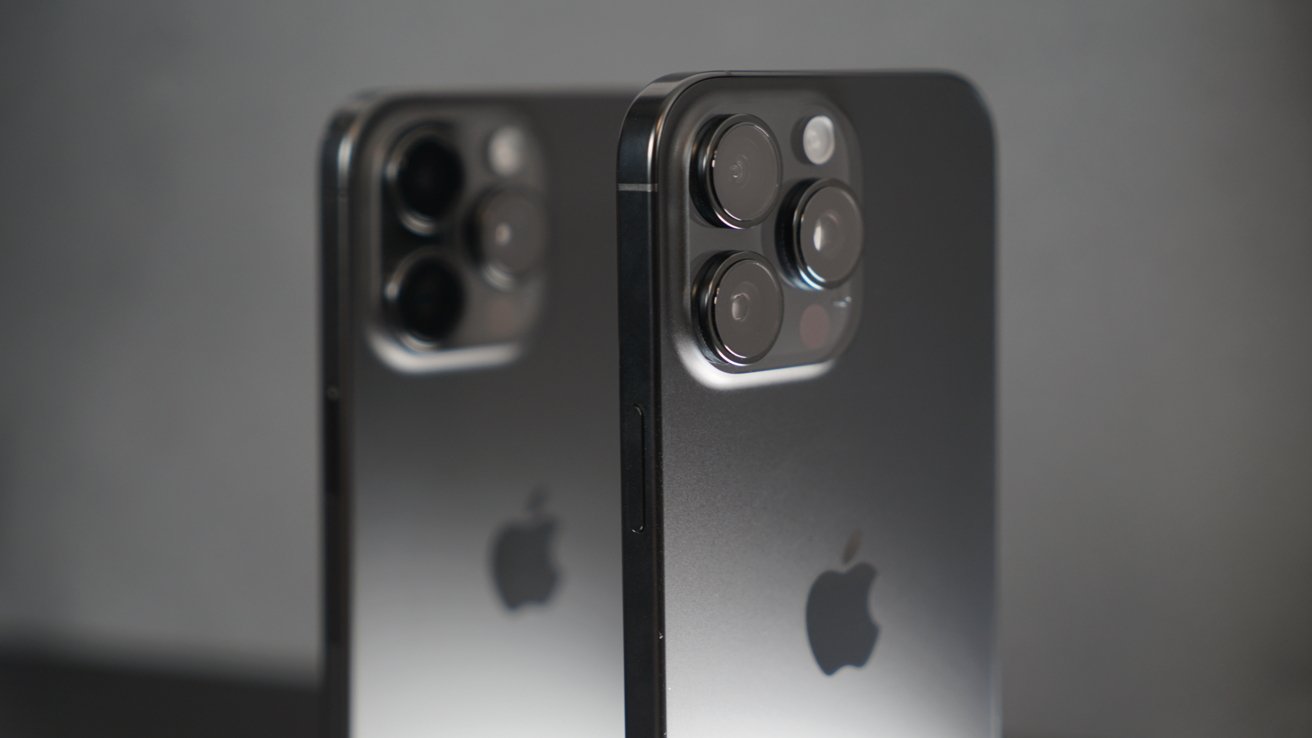

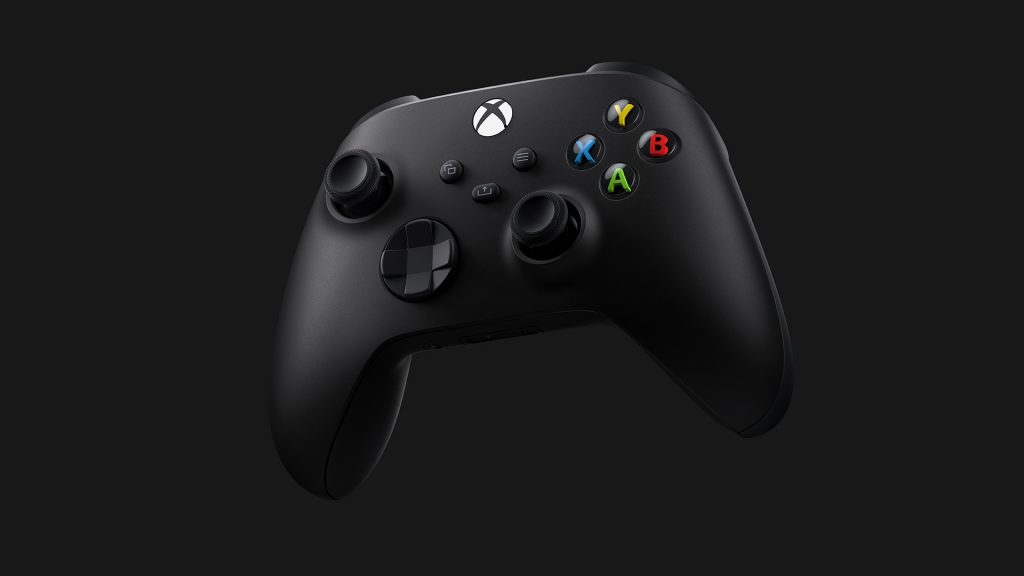
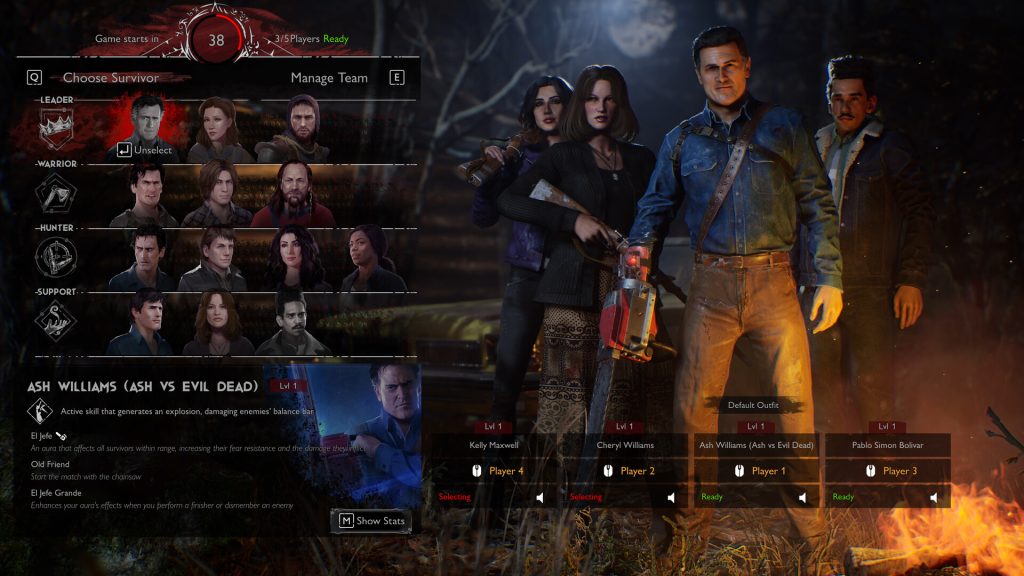
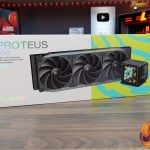
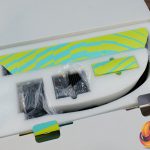
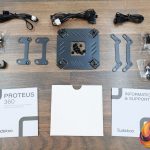
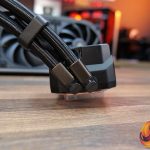
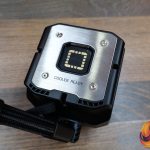
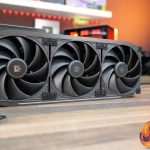
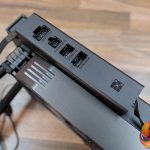
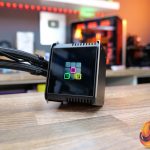
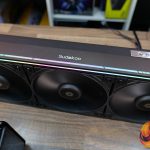
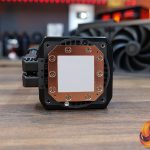
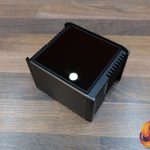
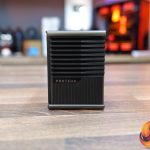
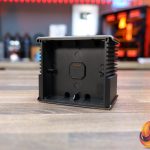
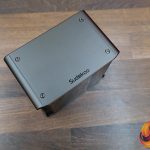
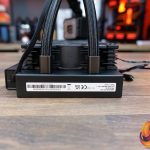
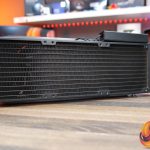
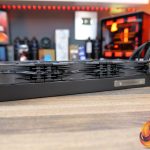
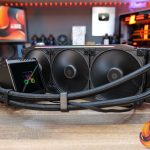

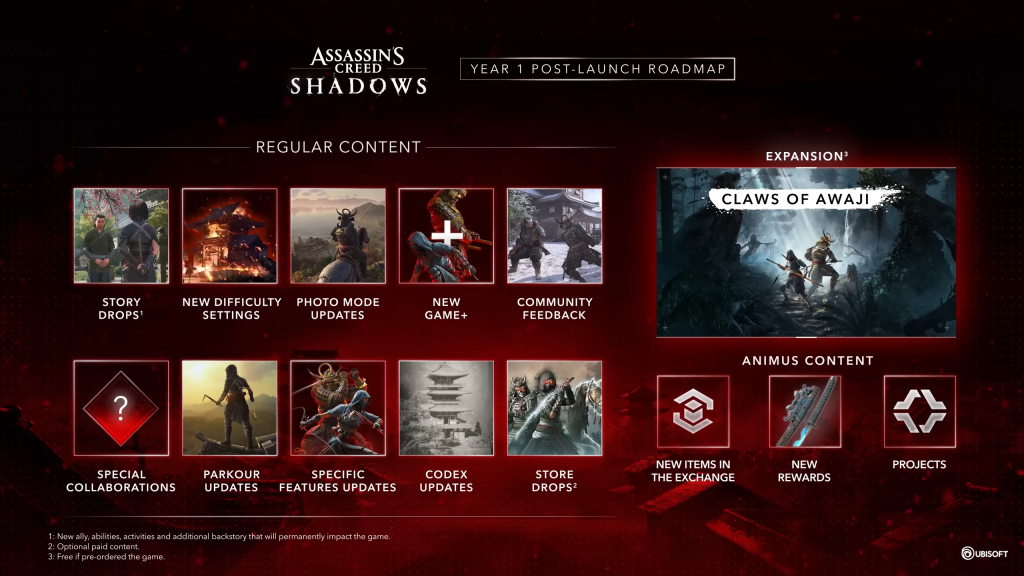




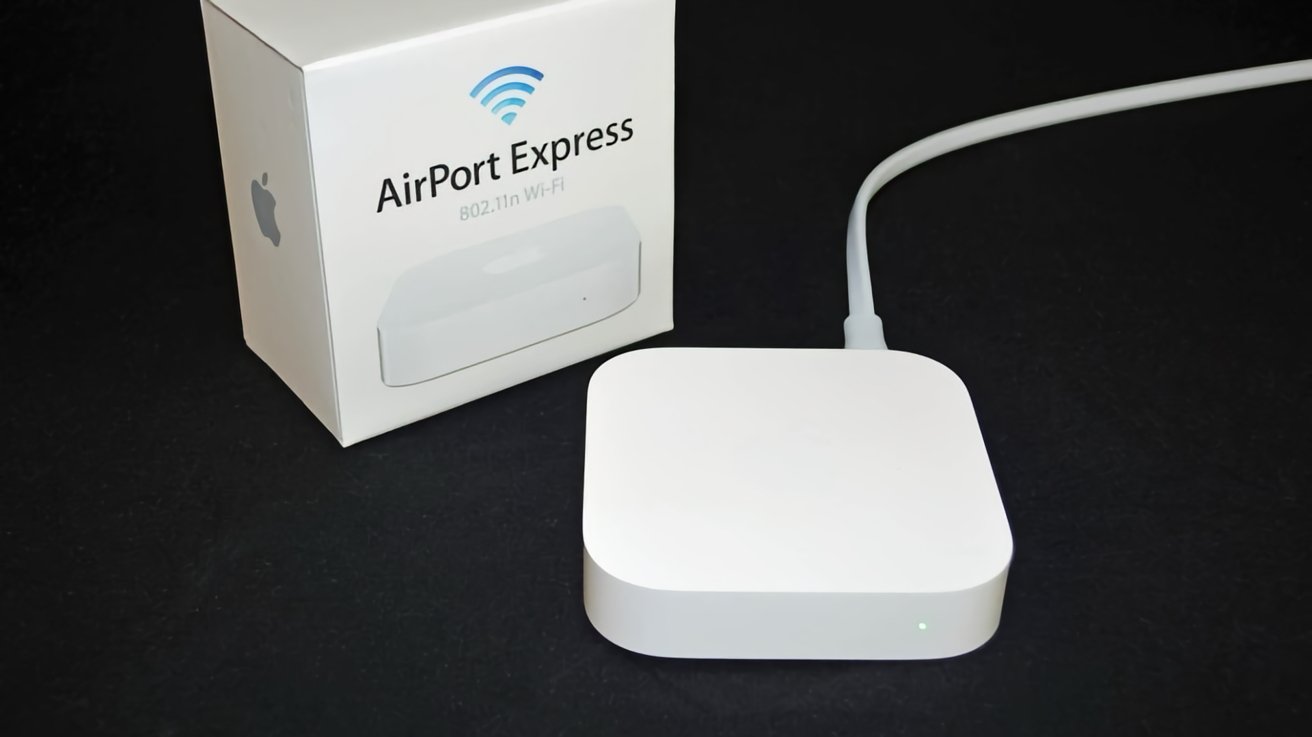
-xl.jpg)

